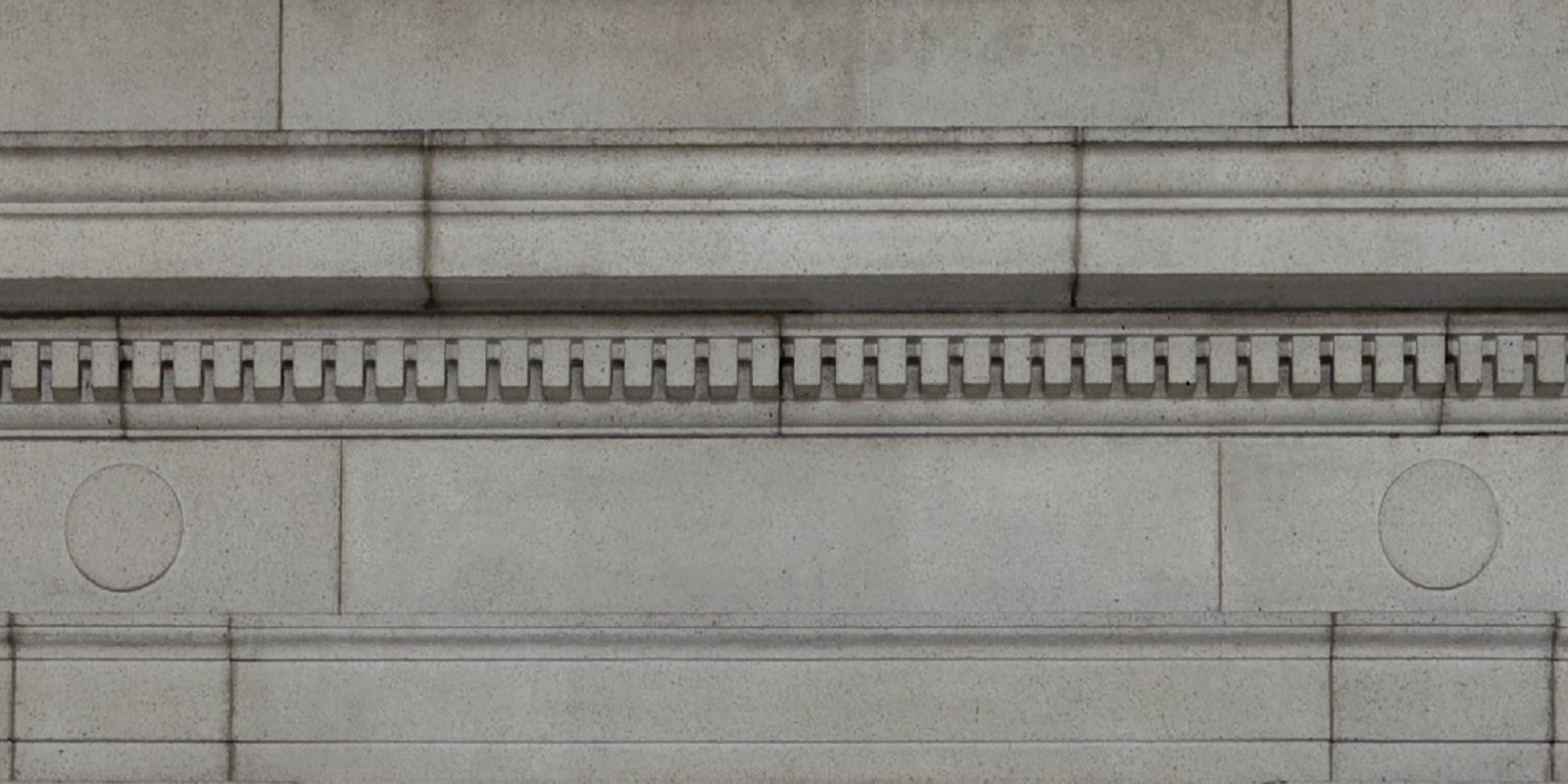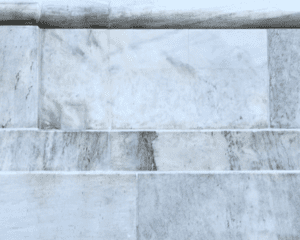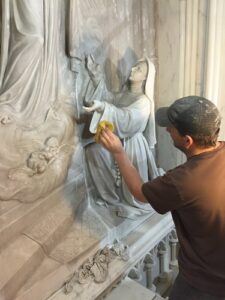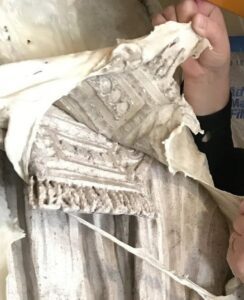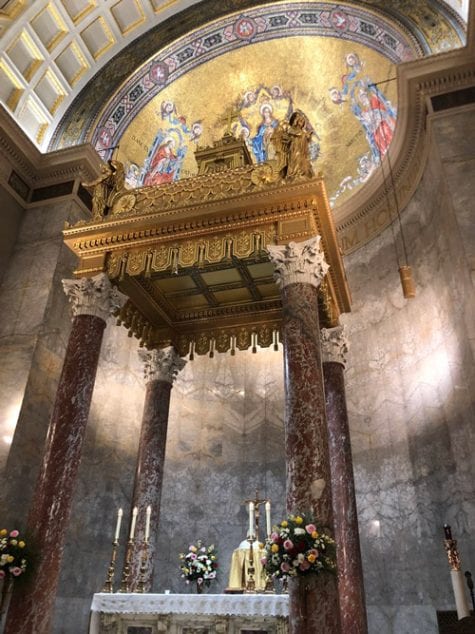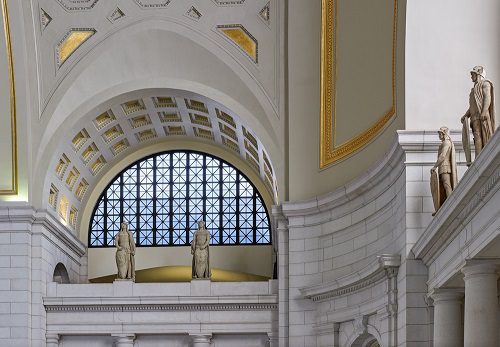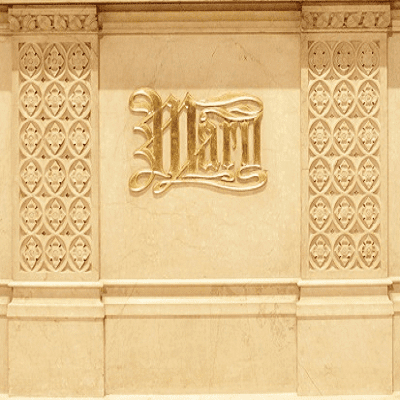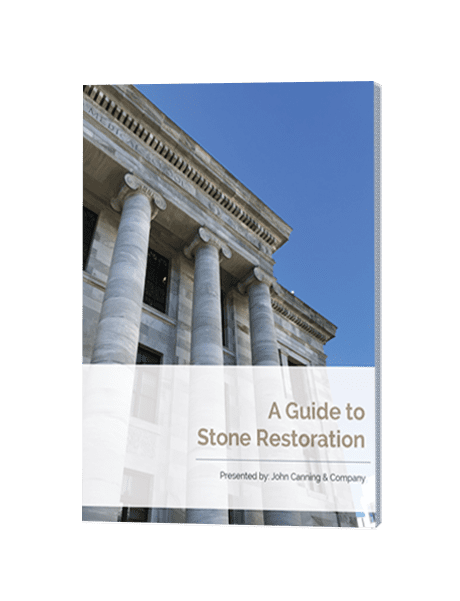Masonry has been utilized as a building material from the very start of architecture. The Egyptians used limestone and marble in making the Great Pyramid of Giza and these materials as well as many others are still in use today for projects as big as modern skyscrapers. Stone has many qualities which makes it attractive to builders and architects alike. Its durable nature allows for buildings to last for hundreds of years under the right care. However, there are certain issues and defects which can arise in stone like erosion and deterioration. Owners need to be weary of these problems so as to treat them quickly and effectively before more damage occurs. Being able to identify issues in masonry and knowing how to prevent them in the future can save the beauty of a building and lengthen its lifespan.
Regular Maintenance Inspections
As an owner, it is important to regularly asses the condition of your building and this is especially true with historic architecture. There are a few factors of proper maintenance which should be kept in mind. A maintenance schedule should be made to keep consistent care of the building. This includes scheduling stone assessments as well as cleaning. When issues are found, document them through taking pictures and logging them in the building’s records. This will facilitate future assessments and restorations and will allow you to keep a focus on defective areas. As you inspect the building, make sure to continually monitor the development of any issues and document their progression. This will allow you to be clear with contractors about the timeline of any defects in the stone. Consistent assessment and monitoring of any problems will allow you to determine the safety level of the building. While it is not always necessary to immediately renovate smaller defects in the stone, if the structural integrity of the building is at risk, safety concerns should compel the owner to bring in a contractor as soon as possible. If safety issues should arise, it is imperative to have a contractor already vetted and ready to be contacted so the restoration can happen quickly and effectively. It is therefore important to research different conservators before issues arise to best prepare for the future.
Here is a list of issues common in historic stones and the methods employed to prevent them.
Cracking
As stone absorbs moisture, it is more susceptible to cracking due to the formation of ice within its cavities. As the water inside the stone freezes due to cold temperatures, it expands and cracks the stone. Another reason for stone to crack is the natural weight of the building’s mass on the material. As gravity continues to push down on the stone, it is possible for there to be cracks which can also lead to a loss of structural integrity. This can produce a big safety issue which should be addressed immediately. Cracking due to moisture and pressure can eventually lead to a complete breaking apart of stone fragments, leaving cavities and divots in the surface. These broken pieces can be filled, replaced, and repaired by an experienced conservator, so if any chipping occurs, it is important to seek help.
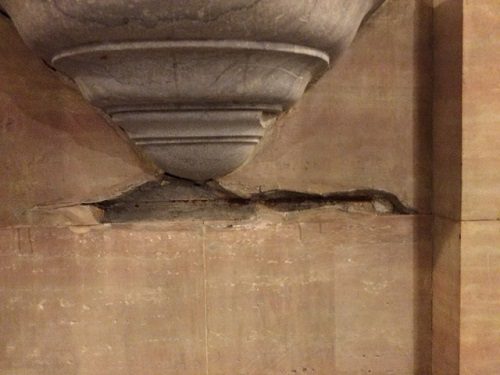
Cracked Stone at Harvard Medical School
Splitting/Delamination
Delamination is the splitting and peeling away of a stone’s surface due to deterioration. Delamination can occur due to an improper placement of the stone during construction or its contact with corrosive materials like dirt.
Mortar Defects
Mortar is the glue which holds together the stone blocks of a building. After years of use, it can disintegrate and crumble due to a number of factors. The biggest cause for mortar decay is the entrapment of moisture in the material. Because of mortar’s porosity, it can easily absorb and hold water. When the water freezes, it expands and cracks the mortar. Having moisture will also generate bacterial growth which could erode the interior of the substance. If the building’s mortar is new but still suffering from decay then there were issues in the mixture itself and the way in which it was applied. It is also possible that the wrong type of mortar may have been chosen for the original project. A common mistake is the application of a cement mortar that is too strong and hard for the masonry and leads to cracked stone or brick. Historically, mortar was made of a mixture of lime which works well under the pressure from the stone and is a popular tool in modern restorations. If the defects and fissures in the masonry are static then there is a chance that minor patchwork should suffice. However, if the issues continue to grow and expand, professional help is recommended and a restoration of the masonry could be necessary.
Moisture in Stone
Excess moisture is the leading cause of most stone deterioration. This is especially the case for many porous materials like sandstone. Moisture can become trapped in the stone due to a number of factors. A poorly applied or faulty sealer coating on the surface of the rock can take in water without letting out any of the moisture. Furthermore, trapped water might not evaporate as well as it should due to a defect in the air circulation of the room. Other issues with moisture include dampness caused by improper drainage of a building and water leakage due to the improper application of mortar to the surface of the stone.
Other Accelerants of Stone Deterioration
Apart from moisture, there are a few other common factors that affect stone deterioration. The first issue stems from mixing water with the salt of the stone or connecting mortar. This is called efflorescence and it dulls the surface of the rock, diminishing its overall aesthetic. “Acidic substances such as rainwater or pollutants are also accelerants of deterioration.” They can eat away at the surface of the stone increasing the rate of decay.
Graffiti
As well as looking for natural issues with the stone, an owner should be aware of vandalism’s effect on a building. Graffiti can be a big problem with stone preservation and the overall aesthetic of a building. If graffiti does occur, then it is necessary to remove the paint from the wall before it starts to deteriorate the surface. There are specific methods to removing materials as adhesive as graffiti without damaging the stone, so it is necessary to call in a restoration contractor for help with vandalism related issues.
John Canning & Co. has assisted with the removal of graffiti and other forms of vandalism in Washington D.C.’s Union Station. Through a rigorous cleaning process, the conservation team was able to restore the stonework to its original state.
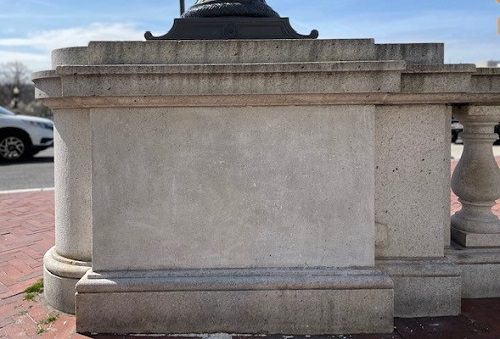
Washington Union Station South Exterior Colonnade, After Graffiti Removal
Different Stones Susceptibility to Deterioration
There is a gradation of porosity and hardness throughout the types of stone utilized in building projects. Knowing the difference between the different types’ strength and density could help you arrange your focus during an assessment of your stone’s condition. Marble and granite are among the stronger and denser building stones. These will have less of a susceptibility to decay by moisture and natural weathering.
Granite (left) and Marble (right)
On the other hand, limestone and sandstone in general have a softer interior and a higher level of porosity. This is due to their composition of small rocks and sand which do not form as compactly as other stone. They will therefore require a more diligent assessment to make sure there is no erosion in the material.
Cleaning Methods to Prevent Stone and Mortar Deterioration
It is possible to avoid many of the issues in masonry through diligent stone care and consistently assessing the condition of the material. The best practice to avoid long term problems is regular cleaning of the stone surfaces. Cleaning the stone can eradicate the possibility of future deterioration because it rids the surface of excess moisture and dirt. However, the material could be negatively affected by an improper method of cleaning and so it is imperative to know how to conduct the appropriate process to achieve the best result. Cleaning processes vary depending on the type of stone and its condition. Unless there is a clear issue with the material such as etching or efflorescence, using “water and a soft brush” should suffice for a proper cleaning. If there are signs of erosion or discoloring then it is important to employ more specific and rigorous techniques. Any cleaning process you use on historic stone should be gentle enough to not scar the surface. Using non-acidic soap is a safe and secure way to clean most stone. If there are specific spots which need extra attention then you can use a soft towel, sponge, or brush to rub the cleaning agent on the surface without hurting the material. Another cleaning method used by conservators is latex removal. This involves the application of a latex film to the stone and then peeling away the dirt and discoloring from the surface. To finish the cleaning process after any of these methods, it is important to wash and wipe down the stone to ensure that there are no excess particles on its surface. If you are unsure whether your materials are right to clean the stone, it is important to seek guidance from a trained conservator. Read more information about the cleaning process of stone here.
Stone Statue Cleaning in Progress Using a Sponge at St. Patrick’s Parish (left) and Latex Stone Cleaning (right)
When to Call in Professional Help
Although it is tempting to try and clean or repair the stone yourself, when dealing with historic stone it is best to have a professional involved for the cleaning or restoration process and to help guide you in the proper treatment methods. If there are any defects, such as cracks in the stone or mortar, or if there are signs of deterioration expanding, it is imperative to seek consultation from a historic stone restoration professional. Although it is important to keep a consistent cleaning schedule, some issues require more maintenance such as replacing and fixing the broken stone. In these cases, do not hesitate to reach out for an inspection and restoration proposal.

